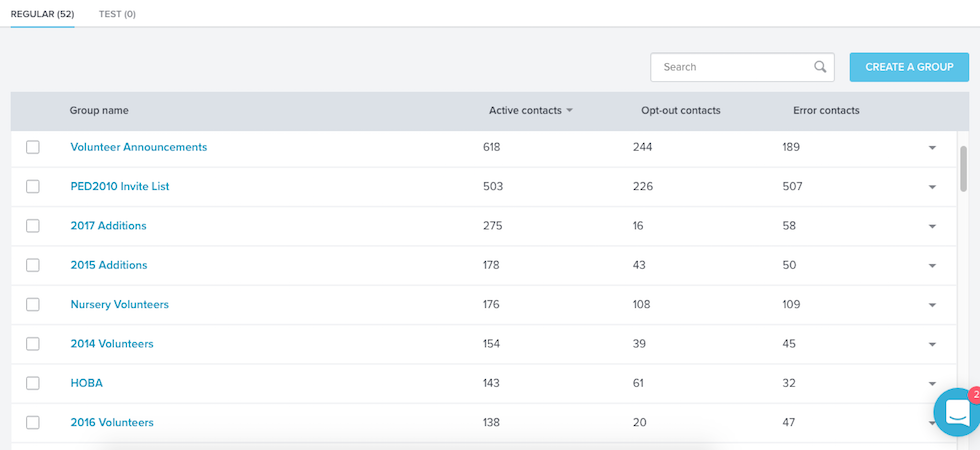Evaluating data management practices often returns us to the questions: 1) When would we use this 2) How would we use this?
SCC is in the midst of a data management review project. As part of this process, we’ve been evaluating how we can group individuals on their email list into segments that would allow for more efficient and personal communication.
The organization takes part in a multi-partner, multi-site statewide volunteer event. This activity requires the nonprofit to organize hundreds of volunteers at four different sites in their community. To promote the event this year, they sent an email to everyone in their database. The organization didn’t have the data infrastructure in place to segment the message to specific groups. To illustrate the impact that stronger data management can have, we outlined how this email communication can be structured and segmented in future years. We found that there were six email segments would have a different call-to-action.
Individuals who participated in the event last year
This email content would focus on their previous participation in the specific event and remind the recipient of the value that the event has. Email content can skip the explanation of what the event is and remind the individual of the emotional satisfaction the event provides. There is also an opportunity to highlight the immense value that returning volunteers provide.
Individuals who volunteered for a different volunteer activity over the past year
This email content can connect the volunteer activity that the recipient took part in with the upcoming volunteer event. As the recipient already understands the value that community engagement has, this email content can focus on the community impact that their participation can bring. It allows content to focus on retention instead of recruitment.
Educators who have previously organized school groups
The organization works with many school and university groups for student projects and educational opportunities. Email content to this segment would focus on how they can get their school group involved with the activity. Instead of generically sharing event logistics, email content could concentrate on the value for students and the ease of setting up a school trip/activity.
Individuals from corporations who has previously organized a corporate volunteer day
The organization works with corporate groups for volunteer activities. This particular segment is significant because there is typically a single point person at these companies. Therefore, it is critical for content to ask the recipient to share information with colleagues who may have an interest in volunteering. Additional content could focus on how easy it is to get a larger group involved and a reminder of how volunteer activities support workplace morale and teamwork.
Individuals from other nonprofit organizations and partners
Many of their contacts are partners and individuals from other nonprofit organizations. While it would be helpful for the recipient to participate there is more value for these individuals to help disseminate information to their volunteers. Email content for this group could include sample communication that they could share and highlight I why they partner with the organization and why this specific volunteer activity is critical.
Everyone else
Finally, there is a group that doesn’t check any of the other boxes, or we don’t have enough information about to segment accurately. This group can get the email content that was sent this past year. It’s generic and wide-ranging, sharing necessary logistics details of the event and how the recipient can learn more.
If you’re in the process of evaluating your data management we recommend using recent email communication to outline ideal email segmentation. If your organization needs help with this process, let us know.

Justin (he, him) is a Principal and Co-Founder of Social Change Consulting. He has over fifteen years of nonprofit experience, with expertise in online fundraising, digital communications, and data management. Justin helps organizations connect their communication strategy to their income development needs. When he’s not on the clock, Justin is exploring Berlin, running, listening to too many podcasts, and drinking too much coffee.
